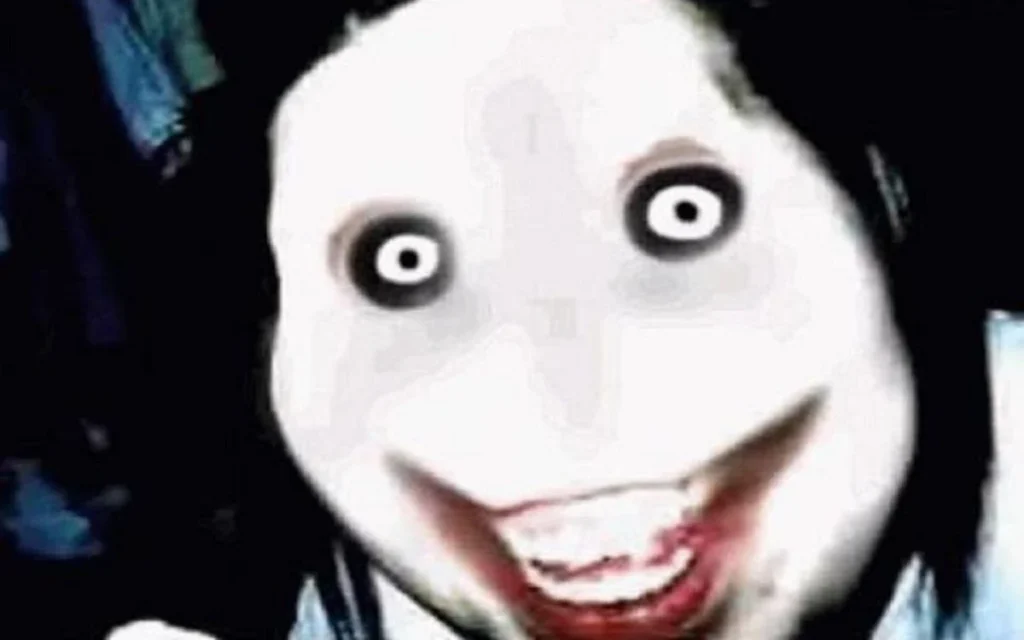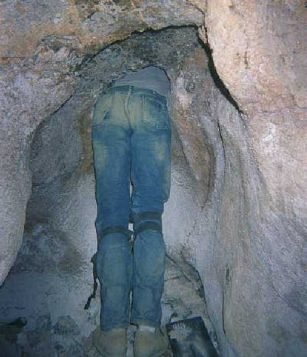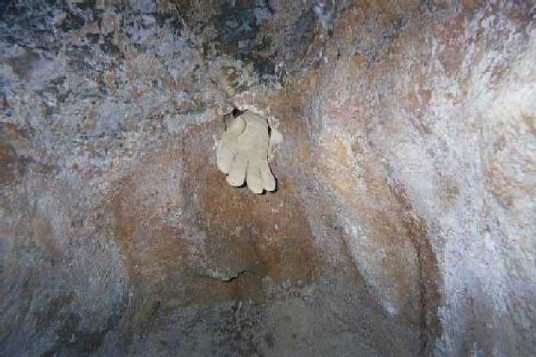Have you ever followed a creepypasta story back when the internet was blowing up of conspiracy theories? These tales, born from the web’s darkest corners, blend folklore with a modern twist, captivating millions.
If you don’t know what “CreepyPasta” means, imagine if the internet had a campfire, and around that digital blaze, everyone took turns sharing their most bone-chilling tales. That’s creepypasta for you – a collection of horror stories that spread across the web faster than a ghost spooking your shadow. Born from the depths of forums and whispered through social media, these tales range from eerie encounters to tales of cursed games.
Whether you’re here to relive the shivers or dive in for the first time, prepare to be spooked. Let’s explore the tales that make us lock our doors at night.
“The Russian Sleep Experiment”: A Terrifying Tale
In the heart of the 20th century, a chilling experiment unfolds. “The Russian Sleep Experiment” grips readers with its harrowing narrative. Scientists, driven by curiosity, embark on a study to observe the effects of prolonged sleep deprivation. They use an experimental gas to keep five prisoners awake for 15 consecutive days. The setting? A sealed environment. The goal? To explore the limits of the human psyche. As days pass, the subjects’ sanity begins to fracture. Paranoia and hallucinations take hold, revealing the dark corners of the human mind.
The experiment’s outcome is nothing short of horrifying. The subjects undergo drastic psychological and physical transformations. They exhibit extreme violence, mutilating themselves and displaying a terrifying level of endurance and strength. The story escalates as the scientists confront the consequences of their actions. The climax reveals a shocking twist, questioning the very nature of humanity and the unknown capabilities of the mind. “The Russian Sleep Experiment” stands as a masterpiece of psychological horror. It delves deep into the potential horrors of human experimentation and the fragility of the mind.
“Candle Cove”: A Nostalgic Nightmare
“Candle Cove” emerges as a unique creepypasta, weaving nostalgia with horror. It starts innocently, with online forum users reminiscing about a peculiar children’s TV show from the 1970s. The show, titled “Candle Cove,” features a young girl interacting with pirate puppets on a ghost ship. As the conversation deepens, the details grow more disturbing. The users recall episodes filled with unsettling imagery and a character known as the Skin-Taker, a skeleton who wears clothes made from children’s skin. The twist? They slowly realize that “Candle Cove” might have been more than a mere TV show.
The revelation hits: “Candle Cove” was never a real show. Instead, it was a shared hallucination or a sinister broadcast that only children could see. The story taps into the fear of the unknown and the power of collective memory. It challenges the reader to question their own past and the very nature of reality. “Candle Cove” masterfully blends the innocence of childhood with the horror of realizing something malevolent lurked within those memories.
Check out The Top 5 Cursed Video Games in History
“Jeff the Killer”: A Phenomenon of Digital Horror
“Jeff the Killer” emerged as a digital legend, sending ripples through the early internet era with its chilling narrative. The story of Jeff, a boy whose life spirals into chaos and violence after a disfiguring attack, struck a chord with readers worldwide. His transformation into a remorseless killer, marked by his grotesque, carved smile and soulless eyes, became an emblem of internet horror. The phrase “Go to sleep,” whispered before each of his attacks, turned into a haunting catchphrase that echoed through forums and chat rooms, embedding itself in the lore of online communities.

The impact of “Jeff the Killer” was profound, inspiring a myriad of fan creations, from artwork to fan fiction, and even amateur films. The character’s story was not just a tale of horror but a catalyst for a new kind of interactive storytelling, where readers became creators, expanding the mythos. Reports of “sightings” and stories of encounters with Jeff, though fictional, added layers to the legend, blurring the lines between reality and fiction. This creepypasta didn’t just scare its readers; it invited them into a collaborative exploration of fear, making “Jeff the Killer” a lasting figure in the annals of internet horror.
“Ted the Caver”: A Journey into Darkness
“Ted the Caver” captures the essence of suspense and psychological terror, chronicling the harrowing experiences of Ted and his friends as they explore an uncharted cave. The narrative, detailed through blog posts, grips readers with its vivid descriptions of the claustrophobic cave passages and the mysterious, unsettling events that occur as they venture deeper. The story excels in building tension, with each entry revealing more about the strange sounds, inexplicable drafts, and eerie carvings they discover. This gradual unveiling keeps readers on edge, combining the thrill of exploration with the dread of the unknown.



This creepypasta became a cornerstone of internet horror, intriguing readers with its blend of adventure and supernatural elements. The format—a real-time blog with updates—added a layer of realism, making the tale all the more compelling. Readers were drawn into Ted’s world, hanging on every word and waiting anxiously for the next post. The story’s open-ended conclusion leaves much to the imagination, sparking debates and theories that continue to circulate.
“Ben Drowned”: A Haunting Tale from the Digital World
“Ben Drowned,” also dubbed “Majora’s Mask,” reveals a gripping story by jadusable. It narrates how a young man finds a Nintendo 64 cartridge of “The Legend of Zelda – Majora’s Mask” that’s haunted. He figures out the game is cursed by Ben, a boy who drowned tragically. Via blog posts and creepy videos, the story explores eerie game encounters. It mixes digital glitches with ghostly events.
This story quickly captured the imagination of readers, setting a new benchmark in the creepypasta domain with its unique storytelling approach. It delves into themes of digital haunting, blurring the lines between our world and the supernatural. “Ben Drowned” showcases the power of the internet as a canvas for horror, engaging readers with its interactive narrative style. Its influence remains strong, sparking fan theories and adaptations, proving its enduring appeal in the horror community.
As the creepypastas wrap up for today, brace yourself for some truly bizarre internet mysteries that nobody has ever cracked!

